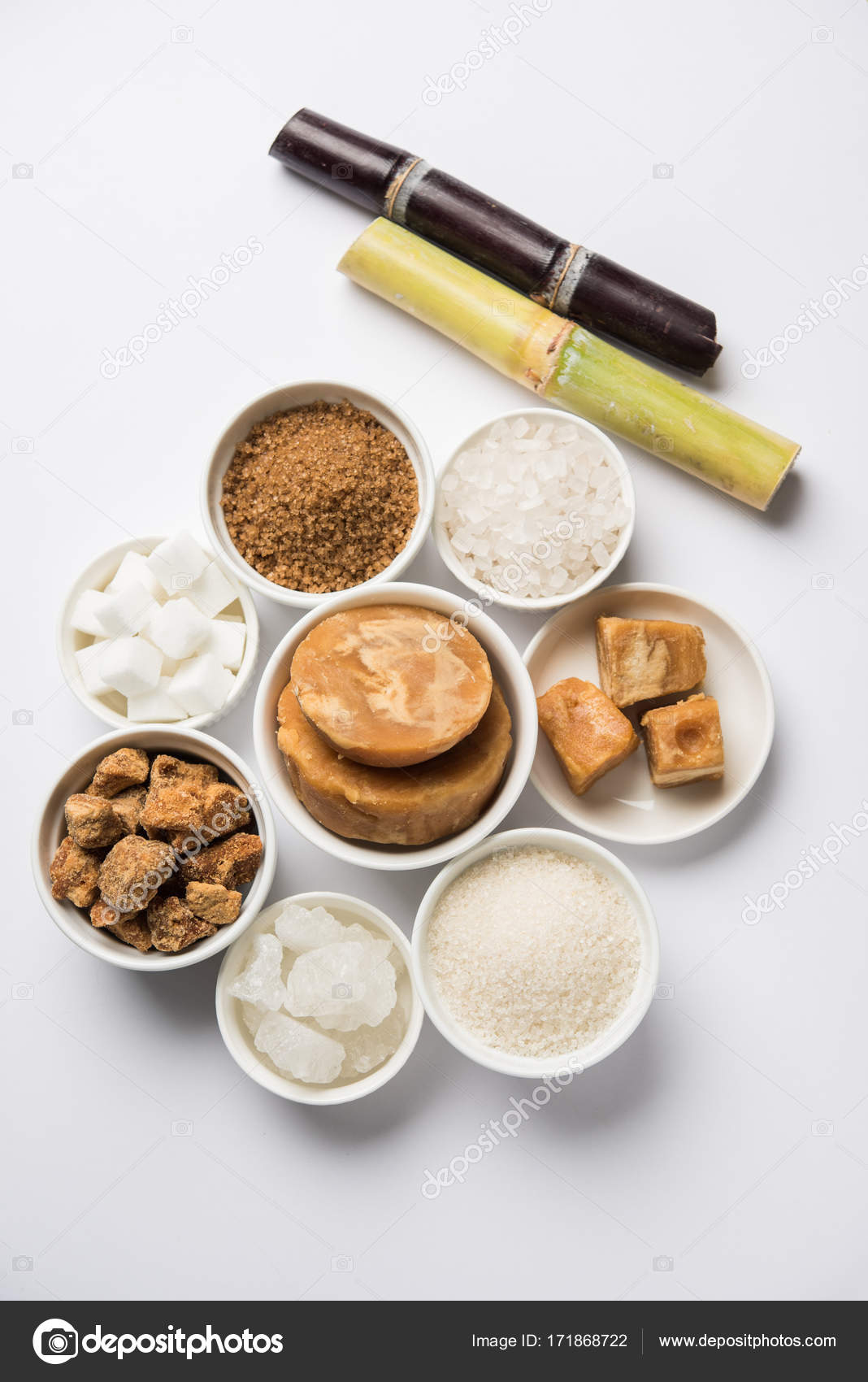A Closer Look at sugar cane products in Cosmetic Applications
A Deep Study Sugar Cane: Insights on Production, Supplies, and Product Growth
Sugar cane plays an essential function in farming, underpinning economic climates in tropical areas. Its cultivation includes intricate procedures affected by different environmental elements. However, growers face considerable difficulties, including climate modification and market fluctuations. Developments in product advancement are emerging in feedback to developing customer demands. Understanding these characteristics is vital for comprehending the future of this important plant and its effect on global markets. What exists in advance for sugar cane and its myriad applications?
The Relevance of Sugar Cane in Global Farming
Sugar cane serves as an important plant in worldwide farming, underpinning economies and food systems in numerous tropical areas. This flexible plant is largely grown for its high sucrose web content, which is refined into sugar, a staple component in numerous foodstuff. Beyond sweetening, sugar cane is likewise important for creating biofuels, specifically ethanol, adding to energy sustainability.The economic value of sugar cane reaches employment, supplying livelihoods for countless farmers and employees in processing centers. In numerous nations, sugar cane farming and processing stand for significant parts of farming GDP, influencing profession balances and regional development.Additionally, sugar cane's adaptability to various climates improves its significance as a crop, making sure consistent supply in worldwide markets. Its byproducts, including molasses and bagasse, additionally diversify its utility, making it a crucial element in food, energy, and industry. Generally, sugar cane stays a cornerstone of farming efficiency worldwide.
Farming Procedures: From Planting to Harvest
Growing sugar cane involves a series of distinct processes that guarantee excellent growth and return. The farming starts with land preparation, where the dirt is tilled to secure optimal oygenation and water drainage. Following this, seed cane, which is composed of mature stalks, is selected and reduced right into segments (sugar cane products). These sections are then planted in furrows, guaranteeing correct spacing to permit sunshine and nutrient access.Once grown, irrigation systems are utilized to preserve appropriate moisture levels, as sugar cane thrives in humid problems. Weeding and parasite management are vital throughout the expanding duration to reduce competition for sources. Nutrient application, including fertilizers, sustains durable growth. As the plants mature, monitoring for illness and pests continues.Harvesting generally happens 10 to 24 months post-planting, depending on the range. The walking canes are cut short, guaranteeing minimal waste, and are quickly transported for processing to maintain sugar top quality
Geographical Circulation of Sugar Cane Production
The geographic circulation of sugar cane production is mainly formed by particular environment and soil needs. Significant producing countries, such as Brazil, India, and China, benefit from exotic and subtropical climates that sustain the crop's growth. Understanding these factors provides insight into the global landscape of sugar cane farming.
Major Making Countries
Sugar cane is expanded in numerous areas worldwide, particular nations control production due to desirable climates and farming techniques - sugar cane products. Brazil leads the global market, making up about one-third of total production, thanks to its substantial ranches and progressed cultivation methods. India complies with as a considerable manufacturer, profiting from both positive climate condition and a large residential market. China and Thailand additionally rank amongst the top manufacturers, with well-established infrastructures sustaining their sugar markets. Various other remarkable factors include the United States, Mexico, and Australia, each leveraging their one-of-a-kind farming systems to improve output. These nations play a necessary function in the sugar cane supply chain, affecting worldwide costs and availability
Environment and Soil Requirements
Ideal climate and soil conditions are important for successful sugar cane production. Sugar cane flourishes in exotic and subtropical areas, needing warm temperature levels in between 20 ° C and 30 ° C (68 ° F to 86 ° F) These plants need bountiful sunshine and rainfall, preferably between 1,500 to 2,500 millimeters each year, to ensure peak development. The dirt should be well-drained, abundant, and rich in raw material, with a pH level preferably in between 5.5 and 8.5. Sandy loam or clay loam soils are especially for sugar helpful resources cane farming, providing necessary nutrients and water drainage. Geographical circulation is largely affected by these elements, with major production areas situated in Brazil, India, and China, where ecological conditions straighten with the plant's needs for development and return.

Obstacles Faced by Sugar Cane Growers
Sugar cane farmers run into significant challenges that influence their incomes. Climate change presents uncertain weather patterns, affecting crop yield and quality. In addition, market cost volatility develops financial uncertainty, complicating long-lasting planning for these agricultural producers.
Environment Adjustment Impacts

How do environment change effects influence the feasibility of sugar cane farming? Rising temperature levels and erratic weather patterns especially test sugar cane cultivators. Increased warmth can lead to lowered returns, as the plants struggle to flourish in severe conditions. Additionally, transformed rains patterns lead to either dry spells or excessive flooding, both destructive to plant health. Bugs and diseases are likely to multiply in warmer climates, additionally harmful production. Dirt destruction and salinization due to rising sea levels can diminish cultivatable land. These weather adjustments force cultivators to adjust their methods, typically needing investment in new modern technologies and resilient plant ranges. Eventually, the sustainability of sugar cane growing depends upon addressing these climate challenges efficiently.

Market Value Volatility
Market value volatility offers considerable difficulties for sugar cane cultivators, influencing their financial security and planning. Changes in market rates, driven by aspects such as international supply and demand, weather condition conditions, and government plans, create unpredictability for manufacturers. This changability makes it difficult for cultivators to forecast earnings and handle business expenses properly. Additionally, when prices go down suddenly, several farmers may have a hard time to cover production prices, bring about prospective monetary distress. To reduce these threats, some farmers transform to agreements or hedging methods, yet these remedies may not be accessible to all. As a result, market value volatility continues to be a persistent concern, influencing the overall sustainability and profitability of sugar cane farming.
Recognizing the Sugar Cane Supply Chain

Market Patterns Affecting Sugar Cane Prices
The dynamics of sugar cane rates are influenced by a variety of market fads that show broader financial conditions and customer habits. Global demand for sugar and sugar-related products plays an essential duty, with enhancing rate of interest in organic and sustainably sourced items driving rates higher. In addition, changes in oil rates influence the price of production and transportation, more affecting market prices. Weather condition patterns are an additional significant aspect; damaging problems can cause reduced returns and increased prices. Trade policies, tolls, have a peek at these guys and international arrangements also shape the marketplace landscape, impacting supply chains and availability. Money exchange prices can complicate global trade, impacting prices for both merchants and importers. Shifts in consumer preferences toward healthier choices may alter demand patterns, developing a ripple result on sugar cane pricing. sugar cane products. As a result, understanding these interconnected patterns is crucial for stakeholders in the sugar sector
Advancements in Sugar Cane Item Development
Numerous developments in sugar cane item development are reshaping the market and increasing its applications. Researchers are checking out alternative usages past conventional sugar, consisting of biofuels, naturally degradable plastics, and health supplements. Breakthroughs in chemical processing techniques have boosted the extraction of important compounds such as antioxidants and vitamins from sugar cane, advertising its use in practical foods.Additionally, the growth of genetically changed sugar cane ranges aims to enhance yield and resistance to bugs, while likewise improving the nutritional profile of the plant. Advancements in why not try these out fermentation processes have brought about the production of high-grade liquors acquired from sugar cane, attracting an expanding market for craft spirits.Moreover, lasting techniques in farming and handling are gaining grip, with a focus on lowering ecological influences. These innovations not just develop new market opportunities yet likewise foster a more sustainable approach to sugar cane production, lining up with international patterns towards green items.
Frequently Asked Concerns
What Are the Ecological Impacts of Sugar Cane Farming?
The ecological effects of sugar cane farming consist of logging, loss of biodiversity, water contamination from plant foods and chemicals, soil deterioration, and greenhouse gas exhausts, all of which considerably add to ecological discrepancies and climate change.
Exactly How Does Sugar Cane Farming Affect Citizen Economies?
Sugar cane farming significantly influences local economic situations by creating tasks, stimulating farming markets, and generating earnings for farmers. It can likewise lead to economic dependence and changes based on market needs and environmental problems.
What Are the Main Vermin and Diseases Affecting Sugar Cane?
The major bugs affecting sugar cane include the sugarcane borer and aphids. Diseases such as red rot and smut substantially impact yield. Farmers need to execute incorporated insect monitoring strategies to alleviate these hazards properly.
How Is Sugar Cane Processed Into Different Products?
Sugar cane handling involves crushing the stalks to extract juice, adhered to by information, dissipation, and condensation. This process yields raw sugar, molasses, and ethanol, each serving distinct objectives in numerous industries, from food to power.
What Are the Nutritional Aspects of Sugar Cane?
The nutritional elements of sugar cane consist of crucial minerals and vitamins, specifically B vitamins, calcium, and iron. It additionally has fiber, though mostly made up of sucrose, which provides energy yet does not have considerable nutrients.